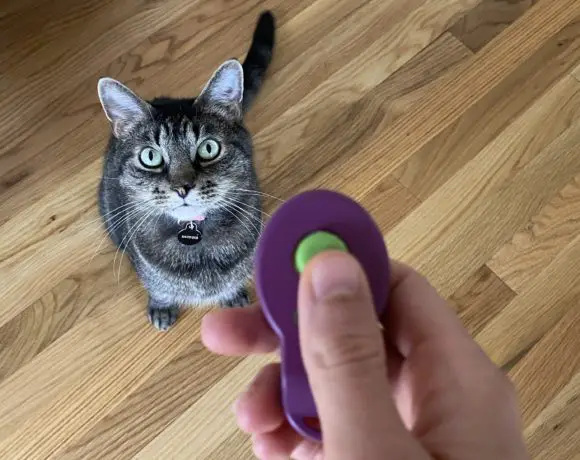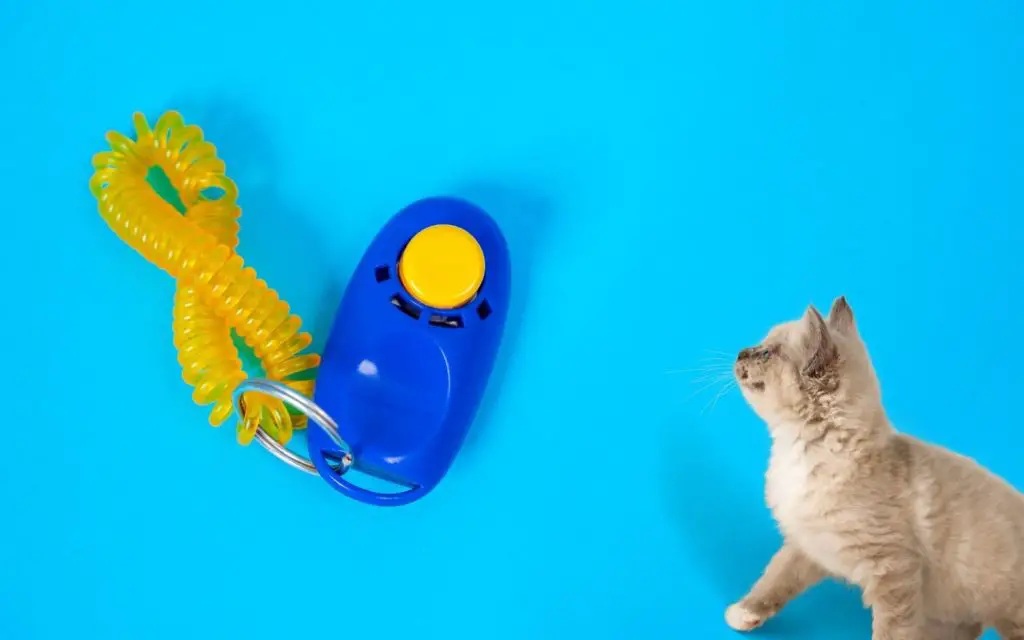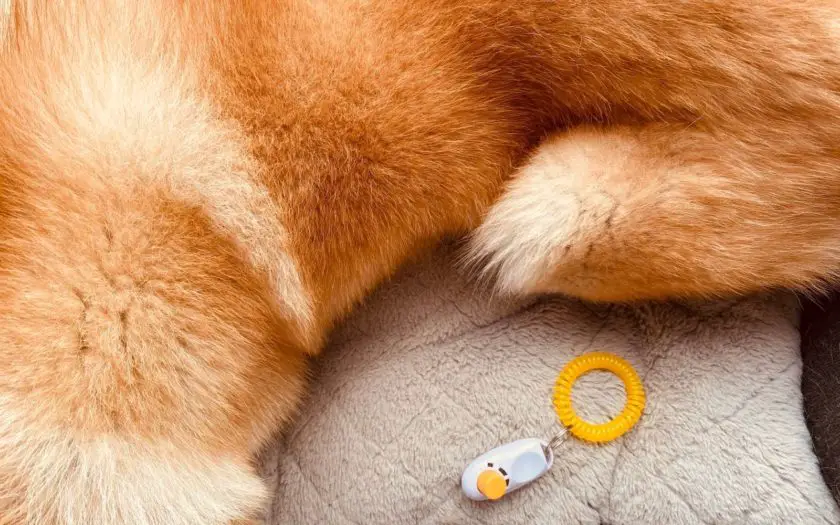Just like dogs, cats can be trained! They might not be quite as docile as dogs are, but cats can certainly be taught all kinds of fun and practical things. Plus, training will strengthen the bond between you and your furry friend. All you need is a clicker, some treats, and a healthy dose of patience. But how does clicker training work?
We’re about to show you. Let’s kick things off by examining some of the science behind reward-based training. Once you have a grasp of the underlying concept, we’ll then take you through the steps of actually using a clicker to teach your cat all kinds of fun things! Ready? Here we go.
Reward-based feedback
All living animals have a region in their brain that is completely dedicated to rewards. When we work for something and get rewarded, this part of the brain releases a flood of feel-good chemicals, which reinforces that behavior.

Our brains work this way because it ensures our survival; this mechanism is the reason why we go out to get food when we are hungry, and why we look for potential mates to create offspring.
Clicker training hooks into this by taking a sound and a reward, and linking both to certain behavior. In doing so, we can effectively encourage our pets to keep doing something. Successful clicker training requires you to go through 3 steps, which we will now explore.

Instructions for clicker training
- Step #1: We show our cat that a click heralds a reward in the form of a tasty treat or some cuddles
- Step #2: Now we make a click every time our cat performs a certain action, and then we give them the reward (positive reinforcement)
- Step #3: Rinse and repeat. By repeating the same sequence, a cat will eventually display the desired behavior immediately upon hearing a click.
Step 1: Laying the foundation (first week)
Before we start the actual behavior training, an introduction to the clicker and the reward is required. This is a vital first step because it lays a necessary foundation for later steps.
When you show your cat the clicker for the first time, do so in a quiet environment with no distractions. The more relaxed your cat is, the easier it will be to teach them new things!
Start by drawing attention, and then make the first clicking noise. Immediately follow up with a reward in the form of a tasty treat and some affectionate petting.

Step 2: Training for behavior (second week)
Now that we have shown our feline friend that clicks will lead to rewards, the next step is to link the clicking noise to the desired behavior. There are two ways to approach this:
- Waiting

This requires the least effort on your part, all you need is patience. Wait until your cat does something you want (like sit down or pee in the litter box) and then immediately reinforce that behavior with the click and the reward. It really can be that simple, but the obvious downside to this method is that you could end up having to wait a very long time.
- Small steps
A more practical method is to shape the desired behavior by tackling it in small steps. If you want to teach your cat to pee in the litter box, expecting them to do without any encouragement is a lot to ask.
A better way to approach this would be to simply give the click and the reward whenever you catch your cat walking in the general direction of their litter box. You may also try to lure them over with a treat.
The next step would involve getting them to actually enter the litter box. Don’t forget to reward your cat handsomely for every successful step! Once you’ve gotten this far, the final step is of course to reward your cat for successfully peeing in the appropriate place.
Dividing things up in such small steps in such a manner is a more practical approach, as most cats are pretty anxious about trying new things.
Examples of things you can teach your cat
You’ll be amazed how many things you can actually teach a cat with a clicker and a healthy dose of patience. For instance, you could use clicker training to teach your cat to give you a high five, but also for more practical means such as getting them to walk into a carrier for a vet appointment. Another practical application for clicker training is its use for teaching your cat to walk in a harness & leash.
Did you manage to learn your cat any cool tricks? Be sure to let us know in the comment section below!
Main takeaways
You now know how clicker training works, how to apply it, and what kinds of things you can teach your cat. Remember: the key to successful clicker training is persistence and consistency. The more consistent you are in your approach, the better your results will be. So use the same clicker throughout, and always reward good behavior with one of your cats’ favorite treats. Keep it up, and you will be amazed at the things you can teach your cat with proper training!





